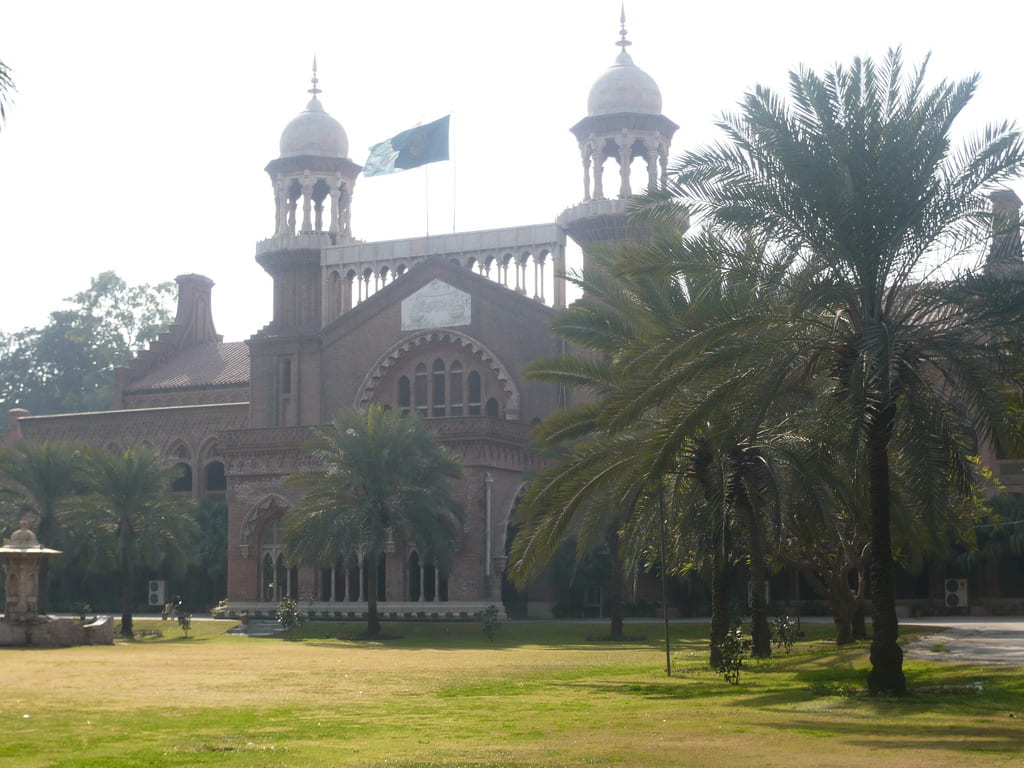Lesson Plan by Ambreen Adnan, NYU Urdu consultant
Age:19-21 years
Students have been reading different genres of literature throughout the semester while observing their different styles and characteristics.
Safarnaamaa or travelogue is a travel memoir that is a personal account of a writer connecting with the reader through simple language. The observations, experiences, and analysis of the writer in a foreign culture are often compared with the native culture in behaviors, practices, and products. This comparison aligns well with the World-Readiness Standards of Cultures and Comparison specifically. The lesson plan incorporates all C’s.
In the class, the students are reading safarnamas of different writers comparing them with modern-day vlogs, and travelogues of target culture’s bloggers.
Language targets:
- Review of obligatory construction: mujhe vahaa jaanaa hai vs. mujje saarii jagaheN dekhnii haiN hai vs. mujhe sab samose khaane haiN
- Perfect tense: maiN X maiN gyaa/gayii vs. MaiN ne kilaa dekhaa
- Subjunctive in a subordinate clase: hamaarii salaah kh…, aap vahaaN jaaeN, aap khaaeN…
- Passive voice: dikhaayaa gAya hai kh….
- Relative-Correlative sentences: jab …tab …
- Phrases of agreement and disagreement: meraa khyaal hai kh…, maiN aap se itifaaq kartaa/nahiiN kartaa huuN…
Learning Episodes:
Interpretive:
- Students in pairs read the blogpost of a writer, who was a guest speaker in their Urdu language class, on his visit to NYC. They use a glossary to understand the text and underline the concepts they do not understand.
- In a teacher-led discussion, students analyze the stylistic aspects of the genre.
- Students note the socio-political references made by the writer to the Pakistani culture and the writers’ comparison between the two cultures.
- Students read the text again and answer comprehension questions.
Read the text and answer the following questions in Urdu unless directed otherwise:
1.Which historical event the writer is referring to when he uses the phrase;
“حالانکہ علم ہماری کھوئی ہوئی میراث تھی …” in the text.? Elaborate your answer in a paragraph.
2. Do you agree with the opinions and observations of the writer about American society? Why and why not?
3. The writer made a political reference in the following statement:
“… ہم نے ایک خالص امریکی بھکاری کو ایک ڈالر دے کراپنے مُلک کے گویا تمام قرضے کی شرمندگی اُتار دی “
What is the economic relationship between Pakistan and America and how does it affect the people of Pakistan?
Sample guiding questions:
- Why should one visit this place? Is it nature, culture, food, history, etc?
- What are some of the cultural products and what is their significance in the target culture? What would you like to know about them?
- What are some of the practices or behavior patterns of the other cultures that you are curious to learn about?
Presentational: The students share their lists of places with the class and explain the reasons why these places are worth visiting.
Interpretive: The students watch “ Neelum Valley, Azad Kashmir…An Urdu Vlog” in Urdu and read “Safarnaamaa-e-Murree” as exemplars for their final presentation. They note:
- format
- language structures
- useful expressions and phrases
Interpretive: Students assume roles based on their academic backgrounds, majors and interests (business student, history student, a student traveling on a budget, journalism student, etc) as traveloguers. They choose one place to visit/ have visited and research its culture, history, geography, politics, etc to document facts, observations, and perspectives from written or oral sources and write a travel blog. Lower proficiency students can document a Video blog or Vlog.
Students’ written drafts are checked by the teacher for:
- correct use of vocabulary
- appropriate writing style
- relevance of content
- comments in response to the question: “In what ways your understanding of the foreign culture has changed after reading about or visiting the city/country.”
Presentational Oral: Each student, in their specific role, presents their travelogues/Vlogs to their classmates.
The class presentations are evaluated based on the following rubric (1-3):
- clarity of expression
- depth of knowledge
- accuracy of target language
- creativity in writing style
- use of appropriate images
Presentational Written:
- Students share their travelogues/Vlogs with their classmates on a class blog site.
- Students create a travelogue site for the Urdu community in college sharing their personal travel experiences in the target language.
Interpersonal Oral: Students participate in a discussion based on the question, “In what ways your understanding of the foreign culture has changed after reading about or visiting the city/country.”
Resources:
- Teaching text is part of a daily travelogue by Pakistani poet Ali Akbar Natiq
- Awargi, a travelogue by Javed Danish, published 1982.
- Safarnama-e-Murree
- Safarnamas in Urdu – a web search
- Dawn News ایک دن زیارت اور اس کی خاموشی کے ساتھ
- Dawn News مبارک ولیج
- Neelum Valley, Azad Kashmir… – An Urdu Vlog
- Moscow,safar aur hum and Gibralter ki ser
